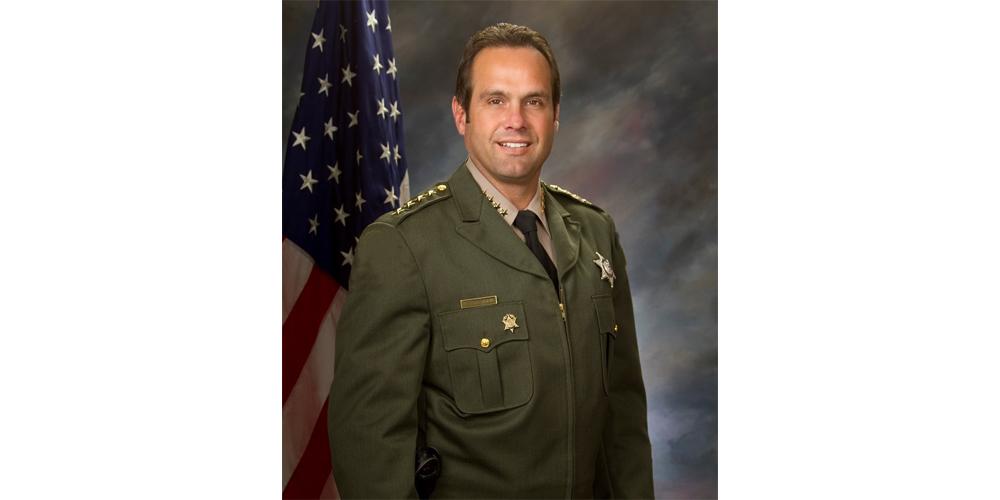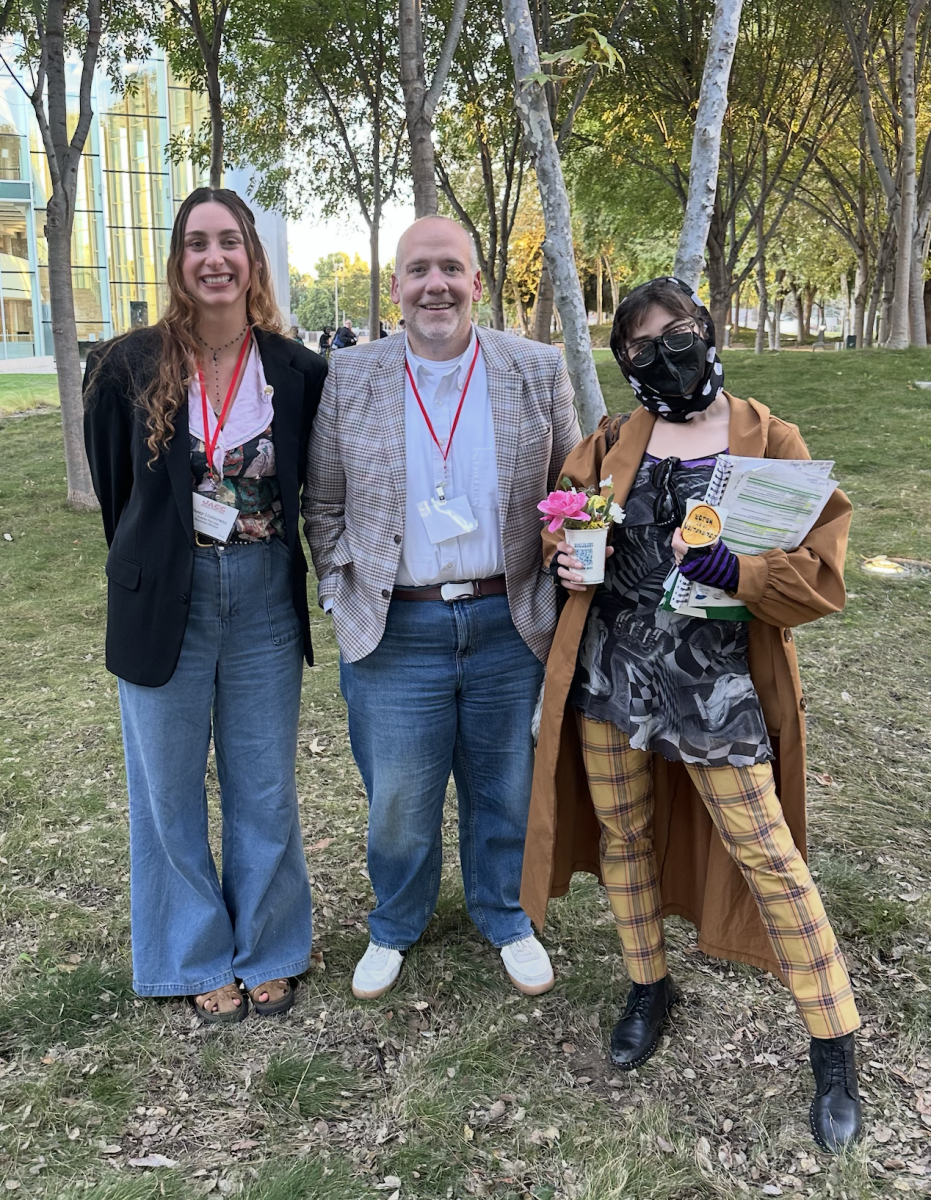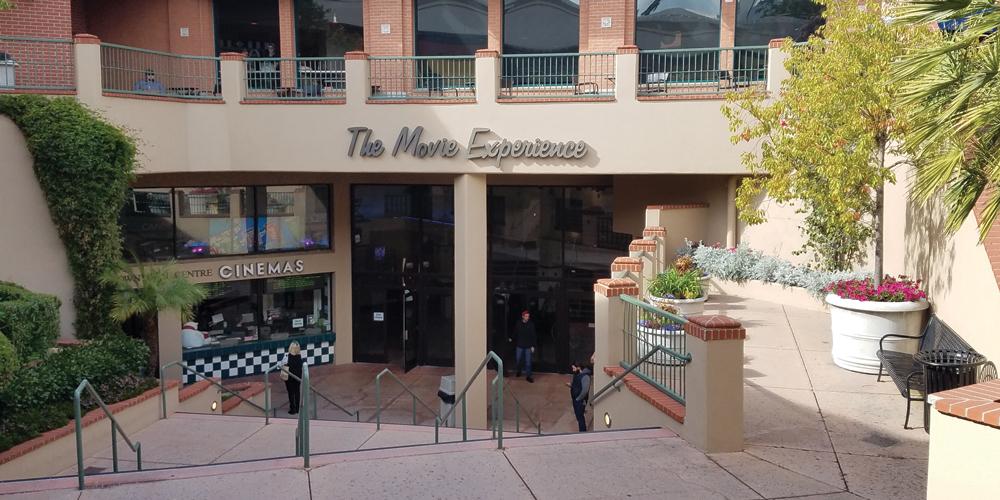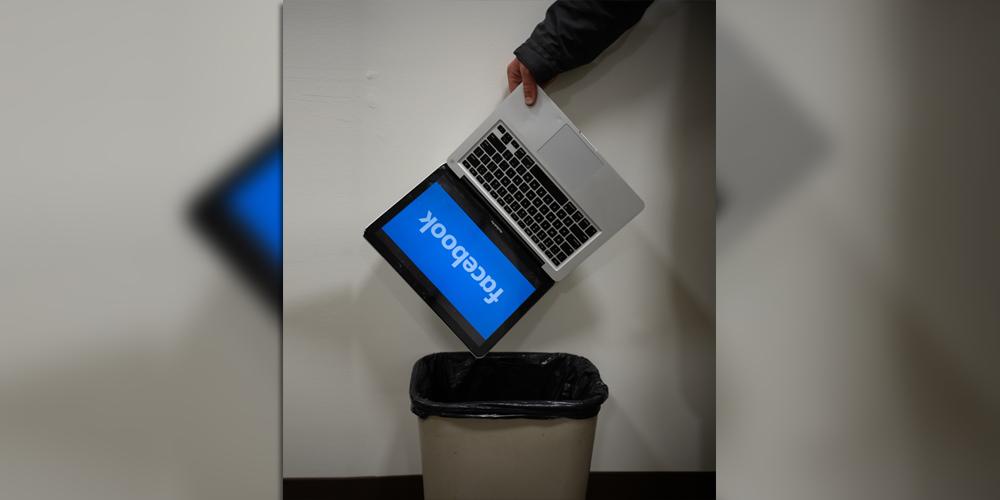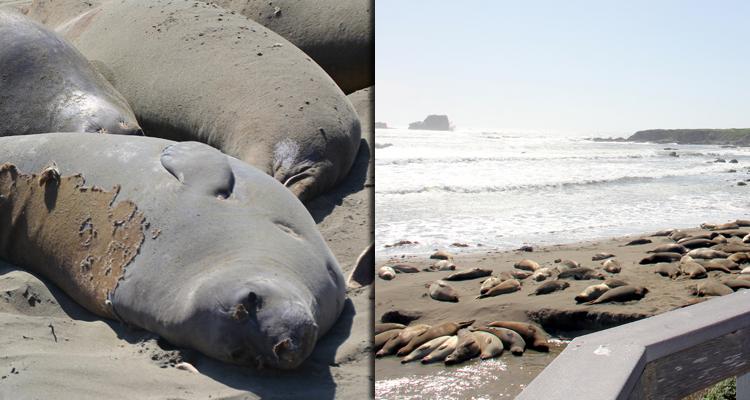Photo credit: Sheriff Ian Parkinson’s Facebook page
By Holly Walsh
Life & Culture Editor
Amid allegations that San Luis Obispo County Sheriff Ian Parkinson made seemingly conflicting statements regarding his agency’s responsibility in the death of jail inmate, the Sheriff recently defended his position in a rare interview.
Although the Sheriff initially said in August 2017 that his agency was, in part, responsible for the inmate’s death, he then stated in March that county mental health also held a great deal of responsibility.
However, Parkinson explained to The Cuestonian that there has been no shifting of blame.
“From the outset, I have taken responsibility for the actions of my department,†Parkinson said in an email interview. “The responsibility of County Public Health and County Mental Health were not mentioned in previous articles (in the local media) and my statement last month was meant to clarify it was a system-wide failure.â€
The sheriff also stated that his department followed all necessary rules and regulations. The FBI is continuing its investigation into whether Holland’s civil rights were violated.
On Jan. 20, 2017, sheriff’s deputies strapped Holland naked into a restraint chair to reportedly keep him from injuring himself following a self-inflicted bloody nose. Holland, who was a diagnosed schizophrenic, according to his family, remained in the chair for two days.
He died on Jan. 22, 2017, within two hours of being released from the device. Holland died from a pulmonary embolism, according to the sheriff’s coroner’s report, which stated it was unrelated to being restrained.
Requests from the Sheriff’s department to move Holland out of the jail for treatment were reportedly denied by SLO County Mental Health because there wasn’t space, the sheriff said.
Even though Holland died over a year ago and the county paid a $5 million settlement to his family, the debate over the inmate’s death was reignited when The San Luis Obispo Tribune released a copy of a video revealing the last 46 hours of Holland’s life.
Since 2012, 12 inmates have died in the SLO County Jail, reportedly three times the national average. Holland’s death is the most notorious and gained more media attention than the others.
In the video, Holland is seen naked restrained to a chair. His arms and legs were rotated every couple hours. He was given little food and water and was not allowed to use the bathroom. The video also showed Sheriff’s deputies laughing as Holland lie dying on the floor.
Following the release of the video, protesters gathered March 17 in front of SLO County Courthouse and called for the resignation of Parkinson and County District Attorney Dan Dow.
These events come at a time when candidates are gearing up for the June election for the seats of sheriff and district attorney — two high-profile political races that the Holland family contributed $25,000 to each of the incumbent’s challengers, according to  county campaign finance reports.
Protester Lisa Kania said she was concerned about Parkinson’s bid for re-election, noting both the Sheriff’s Department and County Mental Health are responsible — but that the sheriff’s deputies “should have kept him safe.â€
Tarrah Graves, co-chair of SLO County Progressives, said the rally was because new information that was revealed in the video and that the community needs to “realize what they’re looking for in an elected official.â€
On Aug. 22, 2017, Sheriff Parkinson told the county supervisors during a meeting that he, along with his department, was responsible for Holland’s death: “We absolutely have some responsibility in the loss of Andrew Holland. Never question that we have responsibility.â€
However, following the March protest, Parkinson released a statement on his Facebook page on March 14 claiming that county mental health denied a bed for Holland: “The Sheriff’s Office contacted County Mental Health multiple times requesting that Mr. Holland be transferred to the Mental Health facility for treatment. The Mental Health Department refused to accept him, claiming that they were at ‘capacity.’â€
In the email interview with the Cuestonian, Parkinson stated he issued the second statement following the rally to clarify that this was a system-wide failure and that he has “taken responsibility†for the action of his department.
The sheriff stated that Holland’s death “showed how deeply flawed and fundamentally broken our mental health system is and what needs to be done to prevent this from happening again.â€
If the events leading up to Holland’s death could be re-written, Parkinson said his department would have forced the issue with County Mental Health and make them accept a transfer of Holland immediately.
Numerous changes are now being implemented at the County Jail to improve the response to mental health issues, according to Parkinson, “including the recent hire of a chief medical officer to oversee all medical and mental health needs of the inmates. This consolidates the decision-making process to one person instead of three different agencies, the CMO reports directly to the sheriff.â€
The Sheriff’s Department has also partnered with the Stepping Up Initiative “to keep those with mental health issues out of the jail,†Parkinson said. The law enforcement agency created a task force in August 2017 comprised of medical and mental health professionals to provide recommendations and, the sheriff said, are establishing a mental health unit within the jail.
Parkinson stated in a televised interview with KSBY that there is still unseen footage of Holland’s jailhouse video that supports his version of the event.
Holland’s cousin, J. Tavener (Tave) Holland, responded to the KSBY interview by calling on Sheriff Parkinson to release the video in its entirety.
“The public has the right to view the video in its entirety and decide for themselves who is accountable for this needless and tragic death, as well as whether the real facts have been covered up or suppressed,†Tave Holland said.
Tave Holland noted that he believes the decision to restrain his cousin was not justified.
“During his time in the restraint chair, he never struggled or became combative,†he said. “His arms and limbs were released to do motion and if he had violent intentions he could have lashed out and (that) didn’t happen.â€
Sheriff’s deputies should have realized “if the psych facility won’t take him, we need to get him to a hospital because he is in an acute medical crisis.â€
“They simply got tired of him being schizophrenic,†Tave Holland said. “(They) put him in a restraint chair until he stopped annoying officers with being schizophrenic.â€

Photo by Colleen Dang / Cuestonian Staff Photographer & Videographer



